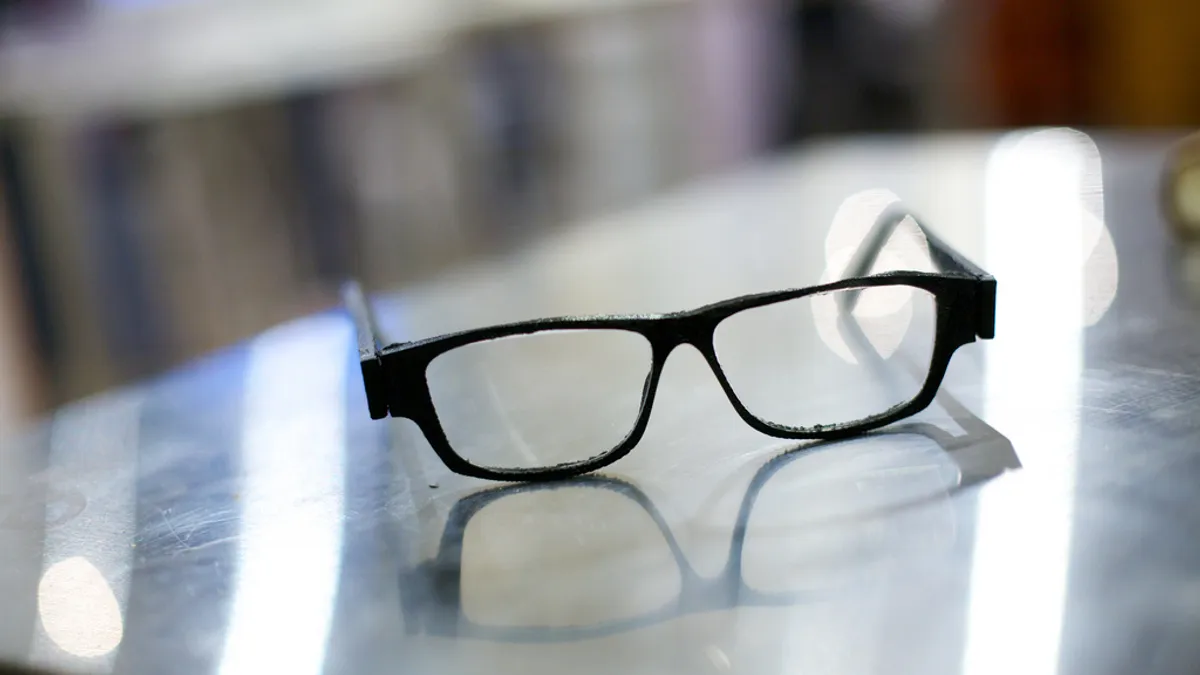Dr. Gary Gerber, O.D. is a leading optometrist and the co-founder of Treehouse Eyes, based in Washington, D.C.
The attempt to reopen schools this fall in the U.S. has parents, educators, business leaders and communities struggling. What is the right balance between public health and the need our kids have to get back to in-person instruction and socialization?
What is clear is there is no easy answer to addressing the public health challenges caused by COVID-19. School systems around the country are struggling to make decisions based on the latest research on transmission, resources available at a school level and parents’ often conflicting desires for their children. How we handle school reopenings will impact every part of our country.
How to address the challenges?
There has been a lot written about the challenges of reopening, but one idea that has not received enough attention is increasing outdoor learning for kids. As an optometrist and co-founder of Treehouse Eyes, the country’s largest group of eye doctors offering myopia treatment for children, I believe we need to look seriously at outdoor classrooms as an opportunity.
Multiple reports around the country show schools are looking at this concept, and some are actively pursuing it to allow more in-person learning. I am a huge advocate of outdoor learning because it can help address both the pandemic and the myopia epidemic that has been a growing issue for kids for decades.
While the evidence is still emerging, most experts agree that the risk of COVID-19 transmission is greatly reduced by being outside. When much of the U.S. was battling tuberculosis in the early 1900s, doctors in Rhode Island proposed open air classrooms as a way to mitigate transmission. Following a successful trial, where no children were infected and were able to cope with a harsh New England winter, the idea was rolled out to schools around the country.
A global epidemic
You’ve heard of the COVID-19 pandemic, but very few people outside eyecare know about the growing myopia epidemic among children. Myopia is a disease where a child’s eye grows too long from front to back. The symptom of myopia is blurry distance vision, commonly referred to as nearsightedness. Addressing the symptom of blurry distance vision is readily done with eyeglasses or contact lenses, but neither address the core disease of the eye being too big, and as happens in nearly all kids, continuing to get bigger.
The consequences of continued eye growth (increasing myopia) are that kids are put at much higher risks for potentially blinding diseases as adults. It is well documented that higher degrees of myopia can lead to glaucoma, serious retinal diseases and cataracts. Experts no longer consider the symptom (nearsightedness) a benign condition that is "corrected" with glasses. Instead they recommend treating the underlying disease of myopia in kids — early — to prevent progression.
What does conducting classes outside have to do with myopia?
A lot. It has been shown that kids who spend more time outdoors have less likelihood of developing myopia in the first place.
We know that having kids spend more time on digital devices may lead to more myopia and other eye-related issues, like dry eye. Regardless, there are several other health benefits to kids spending time outdoors that holding classes outside will address.
The scope of the problem
The incidence of myopia has increased more than 60% in the last 30 years, and there are already about 15 million myopic kids in the United States alone — nearly one out of three! That means as these kids get older, a secondary public health crisis as a result of their increasing myopia will soon be upon us. By 2050, it’s estimated that half the planet will suffer with myopia.
Fortunately, in addition to having kids spend more time outdoors in classrooms, there are clinically-proven treatments available to slow down and sometimes stop the progression of childhood myopia. Both of these treatments are non-surgical and involve the use of special contact lenses (one recently approved by the FDA specifically for this use) and special prescription eye drops.
I am not an educator or school system administrator. I understand there are budget, weather, technology and access challenges to the concept of outdoor learning. However, there are examples in the U.S. and around the world where outdoor learning is already a key part of a school day for children, and we should learn from these experiences.
As we look for creative ways to address schooling for children, now is the time to rethink what school for kids is and how we deliver it. Getting kids outside more has proven physical, mental and emotional benefits, and crucially from my perspective, proven vision and eye health benefits as well.




















